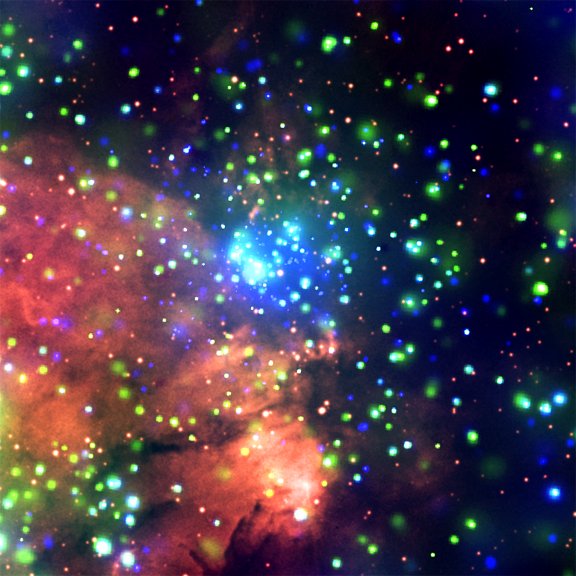WHITEWATER, Wis., June 4 (UPI) -- U.S. astronomers have discovered the Milky Way has just two major arms of stars, not the four arms of the current model.
Led by Robert Benjamin of the University of Wisconsin-Whitewater, the scientists based their conclusion on an evaluation of 800,000 images of an expansive swath of the Milky Way taken by the National Aeronautics and Space Administration's Spitzer Space Telescope.















